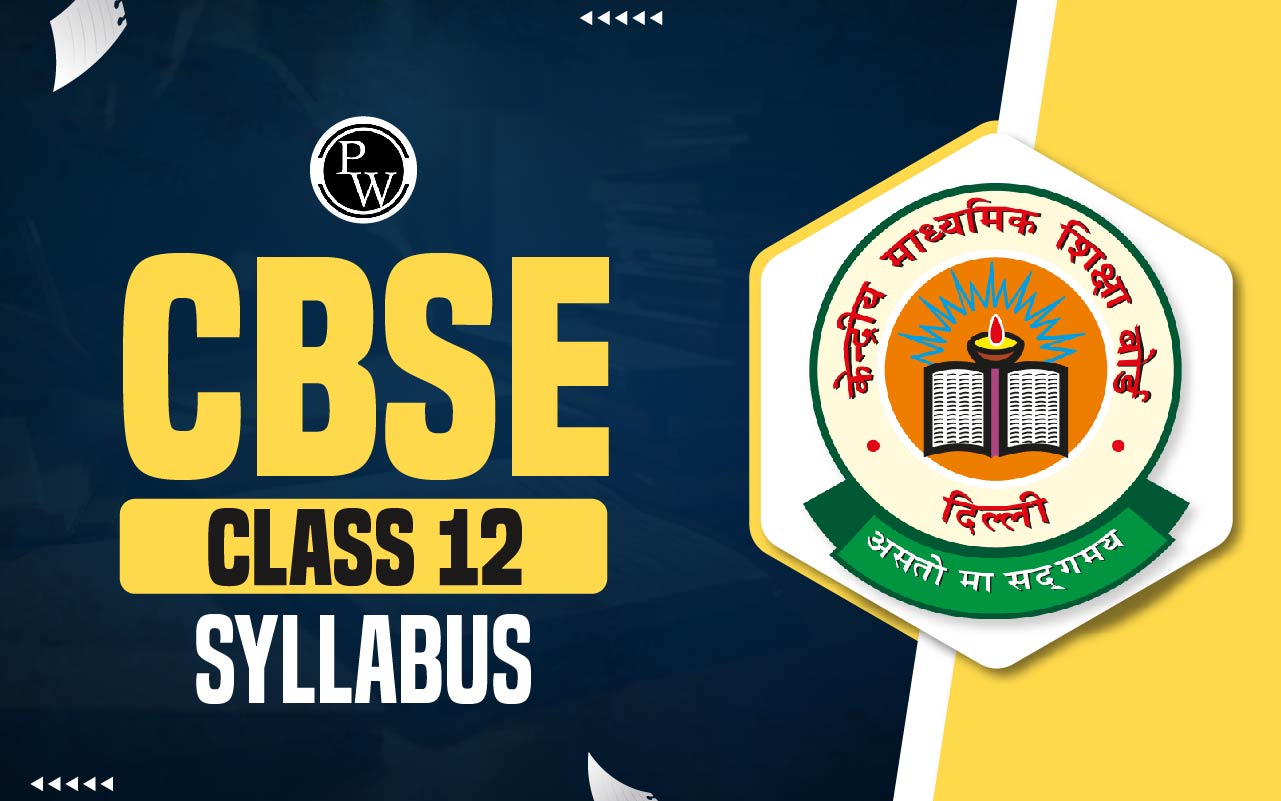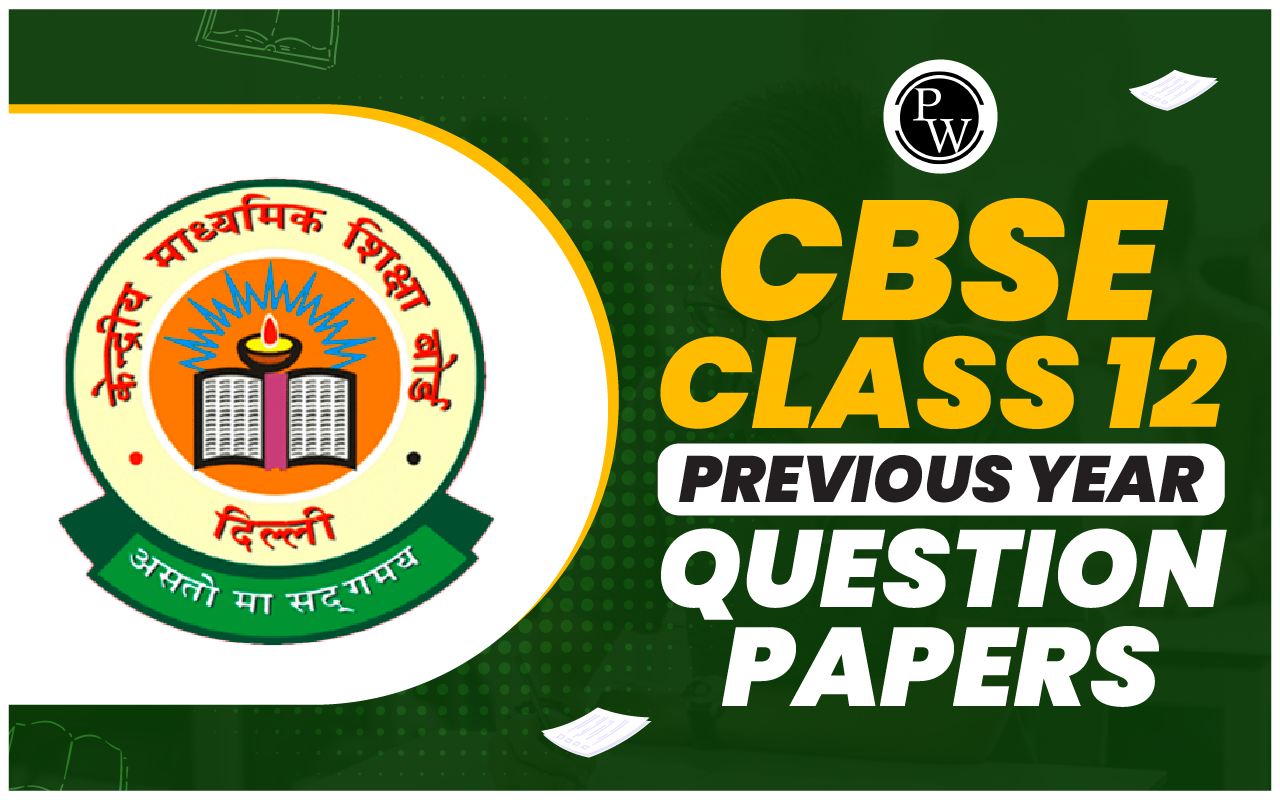
The NCERT Solutions for Class 12 Maths Chapter 6 , Application of Derivatives, furnish solutions for all the questions outlined in this chapter, as per the Class 12 Maths CBSE Syllabus. These solutions encompass a comprehensive set of questions and answers, systematically arranged with varying difficulty levels, allowing students ample opportunities to apply and enhance their skills. Students can readily access and download these NCERT Solutions for Class 12 Maths, reinforcing their mathematical abilities.
Moreover, students can conveniently download the PDF version of the NCERT Solutions for Class 12 Maths for prompt clarification of doubts during problem-solving sessions. Instant doubt resolution is facilitated by accessing the NCERT Solutions for Class 12 Maths Chapter 6 through the provided link below.NCERT Solutions for Class 12 Maths Chapter 6 Overview
NCERT Class 12 Maths Chapter 6, "Application of Derivatives," extends the understanding of derivatives to practical realms. This chapter focuses on real-world applications, emphasising key topics like rate of change, equations of tangents and normals, and optimization problems. Through practical examples, students develop proficiency in applying derivatives to scenarios in physics, economics, and other fields. The chapter serves as a pivotal link between theoretical concepts and their practical implications, fostering problem-solving skills. By exploring the applications of derivatives, students not only deepen their mathematical understanding but also acquire valuable skills for interpreting and solving problems in various disciplines. Overall, Chapter 6 equips students with the tools to bridge theory and application, enhancing their ability to analyse dynamic systems and make informed decisions based on mathematical reasoning.NCERT Solutions for Class 12 Maths Chapter 1
NCERT Solutions for Class 12 Maths Chapter 6 Chapter at a Glance
6.1 Introduction Chapter 6 of Class 12 Maths begins with a recap of the previous chapter, covering derivatives of composite, implicit, logarithmic, inverse trigonometric, and exponential functions. The chapter explores how derivative applications extend to various fields such as social science, engineering, and science, emphasising finding the rate of change of quantities. Key concepts include equations of tangents and normals, turning points on a graph, intervals of function increase and decrease, and approximations and errors. The chapter offers diverse exercises, enhancing understanding and preparation for board exams. 6.2 Rate of Change of Quantities This section revisits previous learnings about representing the rate of change of one quantity concerning another using the notation dy/dx. It expands this concept to situations where changes in x and y depend on a third variable (z), introducing the chain rule: dy/dx = (dy/dz)/(dx/dz), with dx/dz ≠ 0.NCERT Solutions for Class 12 Maths Chapter 2
6.3 Increasing and Decreasing Functions Here, students understand the concepts of increasing and decreasing functions. A function is deemed increasing if its first derivative is positive and decreasing if the derivative is negative. The section clarifies these concepts, especially in trigonometric functions, where the quadrant determines their behaviour. 6.4 Tangents and Normals Building on previous knowledge of straight line equations, this part discusses the equation of a tangent to a curve y = f(x) with a finite slope 's' passing through a point (a, b). The tangent's equation is y - b = f’(a) (x - a), and the normal is perpendicular to the tangent, with its equation as y - b = (-1/ f’(a)) (x - a). 6.5 Approximations This section introduces differentiation for finding approximate values of quantities. It explains the usefulness of approximations when obtaining an exact numerical value is challenging. The concept of small changes (Δ) and approximations (≈) is applied, and students learn to express dy as (dy/dx) Δx.NCERT Solutions for Class 12 Maths Chapter 3
6.6 Maxima and Minima This unit discusses finding minimum and maximum values of a function using derivatives. Turning points on a graph, where the function reaches local highs and lows, are explored. Students learn to determine absolute maximum and minimum values and the definitions surrounding maxima and minima, including local maxima, local minima, and extreme values. The first derivative test and second derivative test theorems are introduced to analyse local extrema. You can also determine the absolute maximum and minimum of a function, which proves beneficial in solving various practical problems. We will explore different definitions related to maxima and minima that are applied to problem-solving:- Within a range "r," a function f is considered to have a maximum value if there exists a point "p" in "r" where f(p) is greater than or equal to f(x) for all x belonging to "r." The value f(p) represents the maximum value of f in "r," and point p is referred to as the point of the maximum value in "r."
- Similarly, within a range "r," a function f is said to have a minimum value if there exists a point "p" in "r" where f(p) is less than or equal to f(x) for all x belonging to "r." The value f(p) defines the minimum value of f in "r," and the point p is termed as the point of the minimum value in "r."
- In the context of a range "r," a function f is considered to have an extreme value if there exists a point "p" in "r" where f(p) is either a maximum or a minimum value of f in "r." The point p is then called the extreme point in "r."
NCERT Solutions for Class 12 Maths Chapter 4
NCERT Solutions for Class 12 Maths Chapter 6 Applications of Derivatives Exercises
NCERT solutions for Class 12 Maths Chapter 6 are provided in the table below according to their exercise number:| NCERT Solutions for Class 12 Maths Chapter 6 Applications of Derivatives Exercises |
|---|
| Exercise 6.1 |
| Exercise 6.2 |
| Exercise 6.3 |
| Exercise 6.4 |
| Exercise 6.5 |
| Miscellaneous Exercise |
NCERT Solutions for Class 12 Maths Chapter 5
Benefits of NCERT Solutions for Class 12 Maths Chapter 6
- Concept Clarity: NCERT Solutions provide detailed explanations, helping students understand the fundamental concepts of derivatives applications. Clear explanations aid in building a strong foundation for more advanced topics.
- Comprehensive Coverage: The solutions cover all aspects of Chapter 6, addressing each topic extensively. This comprehensive coverage ensures that students are well-prepared for examinations and gain a thorough understanding of applications of derivatives.
- Exam Preparation: The solutions offer a variety of exercises, including short and long answers, objective-type questions, etc. This diverse set of problems prepares students effectively for their board exams, exposing them to different question formats.
- Real-world Applications: The chapter emphasises how derivatives are applied in various disciplines such as social science, engineering, and science. Understanding real-world applications enhances students' practical knowledge and highlights the relevance of mathematical concepts.
- Problem-solving Skills: By working through the exercises, students develop problem-solving skills. The solutions guide them through the application of derivatives in scenarios like finding turning points, determining increasing and decreasing functions, and calculating approximations.
- Step-by-step Solutions: The step-by-step solutions provided for each problem enable students to follow a logical and structured approach. This aids in grasping the methodology and enhances their problem-solving capabilities.
- Preparation for Higher Education: A strong grasp of derivatives applications is crucial for students pursuing higher education in mathematics, engineering, economics, and other related fields. NCERT Solutions lay the groundwork for further studies.
- Self-assessment and Revision: With ample practice questions, students can assess their understanding and identify areas for improvement. Regular self-assessment and revision using the solutions contribute to better retention of concepts.
- Accessible Resource: NCERT Solutions are easily accessible, providing students with a reliable resource for clarifying doubts and reinforcing their understanding. The availability of these solutions online ensures convenient usage.
- Alignment with NCERT Syllabus: The solutions are aligned with the NCERT syllabus, ensuring that students focus on the topics prescribed for their examinations. This alignment helps in efficient exam preparation.
How to Prepare With NCERT Solutions for Class 12 Maths Chapter 6
- Understand the Basics: Begin by thoroughly understanding the basic concepts covered in Chapter 6. Familiarise yourself with concepts from the previous class, such as derivatives of composite functions, implicit functions, logarithmic functions, etc.
- Read NCERT Textbook: Read the corresponding chapters in the NCERT textbook before attempting the exercises. Pay close attention to examples and explanations provided in the textbook to grasp the applications of derivatives.
- Use NCERT Solutions: NCERT Solutions offer step-by-step explanations for each problem in Chapter 6. Use these solutions to clarify doubts, understand problem-solving techniques, and ensure that you can independently solve similar problems.
- Practice Regularly: Mathematics requires consistent practice. Work through the exercises provided in the NCERT Solutions, including short and long answers. Regular practice enhances problem-solving skills and reinforces the concepts learned.
- Diversify Problem Types: Explore a variety of problem types, including objective-type questions, to familiarise yourself with different question formats. This diversification prepares you for the varied questions that may appear in examinations.
- Apply Derivatives in Real-world Scenarios: Understand the practical applications of derivatives in different disciplines. Relate mathematical concepts to real-world scenarios mentioned in the chapter, such as determining turning points, finding intervals of increase or decrease, and handling approximations.
- Focus on Tangents and Normals: Devote special attention to understanding the equations of tangents and normals to a curve at a point. Practice deriving equations for tangents and normals and understand their significance in the context of the graph.
- Master Increasing and Decreasing Functions: Gain proficiency in identifying increasing and decreasing functions using differentiation. Understand the role of derivatives in determining the behaviour of trigonometric functions and how to analyse them in different quadrants.
- Learn Approximations Techniques: Delve into the section on approximations and errors. Understand how to use differentiation to find approximate values of quantities, and become familiar with the symbols like Δ and ≈ used in expressing these approximations.
- Study Maxima and Minima: Focus on the unit discussing maxima and minima. Learn about turning points, local maxima, and minima. Familiarise yourself with the first and second derivative tests and their application in determining extreme values.
- Self-assessment and Revision: Regularly assess your understanding by solving problems independently and comparing your solutions with the NCERT Solutions. Schedule revision sessions to reinforce concepts and ensure retention.
- Seek Clarification: If you encounter challenges or have doubts, use the NCERT Solutions as a resource to seek clarification. Understand the logic behind each step in the solutions to enhance your problem-solving approach.
- Stay Consistent: Consistency is key in mathematics. Maintain a consistent study schedule, and revisit the chapter regularly to reinforce your understanding. Consistent practice ensures that you are well-prepared for examinations.
NCERT Solutions for Class 12 Maths Chapter 6 FAQs
What is the significance of finding turning points on a graph in Chapter 6 of Class 12 Maths?
How does the concept of tangents and normals contribute to understanding the behaviour of a curve in Class 12 Maths Chapter 6?
Why is it essential to know whether a function is increasing or decreasing in a given range, as discussed in Chapter 6 of NCERT Class 12 Maths?
How can the concept of approximations using derivatives be applied in real-life situations?
What role do maxima and minima play in real-world problem-solving, as discussed in Chapter 6 of Class 12 Maths?










